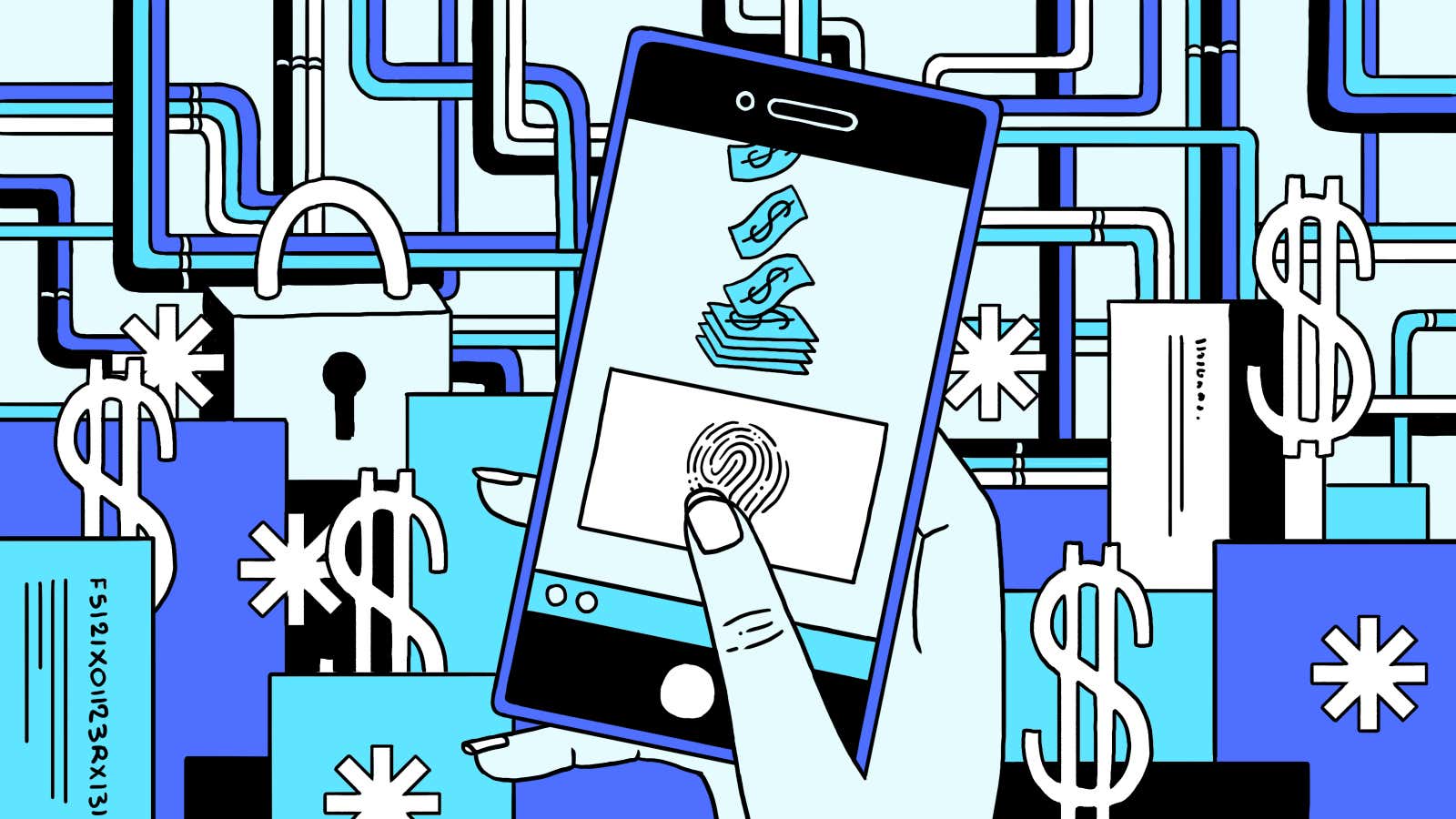Today’s bank customers are not interested in braving lengthy lines to meet with tellers and loan officers. Instead, they’re drawn to services and platforms featuring phrases like “cashless,” “mobile only,” and “peer-to-peer payments” for the personalization and ease they offer.
Young people are especially averse to in-person banking. A study about generational banking preferences found that millennials are three times as likely to open a new bank account with their mobile device than in person. Another study found that 57% of millennials would consider switching banks if offered a technologically superior experience. In light of these trends, a digital revamp is imperative for legacy financial institutions who want to stay relevant.
It makes sense, then, that a recent IDG-AT&T survey of banking and IT leaders suggests that executives believe technological enhancements are critical to their organizations’ future. The survey found that 93% of respondents think the traditional banking experience needs to be enhanced. Already, 70% say technology changes have been made at the corporate level, and 46% indicate tech changes have been made at the branch level.
“What we’re seeing is significant transformation at the branch level, and at the call center and corporate levels,” says Kimberly Munsell, Channel Marketing for AT&T Global Business Solutions. “Banks are modernizing legacy systems and creating collaborative integrative elements across all customer touch points: branch, mobile, kiosk, and specialist.”
The survey reveals that improved customer experience is the top anticipated benefit of digital optimization overall. Knowing what’s at stake for their future, banks are racing to roll out products like cutting-edge mobile banking apps, virtual tellers, and personalized welcome signage.
Digital means personal
In another recent report, 61% of those surveyed used their phone for banking, and 48% have used a dedicated banking app. This is good news for customer and bank alike: these apps can help control costs, improve back-office efficiency, optimize reach to employees, and improve customer satisfaction.
Beyond mobile, financial institutions are now using interactive kiosks do more than transact—they create an experience that can leverage customer data and AI to match customers with a relevant bank teller. For interactions that don’t require a teller, the kiosk can display messaging based on the customer’s needs and default to the customer’s likely transaction based on their history.
Anonymized app data and near-field communications technology are helping financial services companies do things like personalize signage for the customers, which helps customers solve problems and find out about useful products. For example, when a new or expecting parent is inside the bank, a digital sign could display a recommendation for how much a parent should save each month for their child’s education. Or, when a newlywed approaches the teller, the digital signage at the window could provide information about home loans.
“The landscape is changing quickly, and banks are taking steps to transform,” says René Dufrene, AT&T General Manager of Finance Industry Solutions. “There’s a lot of workload movement from their own data centers into other locations, such as cloud data centers. Branches are deploying tablets and digital signage. It’s likely many banks are seeking to work with service providers who can help them manage and monitor their networks.”
In light of these innovations, many financial institutions are relying on edge computing, which places the processing and storage capabilities near the perimeter of the provider’s network and makes it easier to handle a high volume of network traffic. And, because this computation happens in the cloud, it means customers experience increased speed and lower latency when interacting with these technologies.
Keeping it secure
Yes, technological innovations and upgrades have significant implications for security. Large organizations are looking for secure ways to collaborate internally as they acquire competitors, invest in fintechs, and upgrade legacy systems.
Most banking execs recognize the need for increased security. Both IT and non-IT bank leaders surveyed agree that compliance and security is paramount to the digitization of banking. 68% and 70%, respectively, report that improving security solutions is the top investment area for their organization.
“Security represents table stakes in financial services. Anything banks do has to first be secure and has to meet compliance requirements. If a mobility initiative is planned, IT and operations are going to make sure it is secure before they deploy it” says Dufrene.
Institutions hear this and are looking for ways to bolster security. Enhanced security for mobile access, migrating critical workloads to the cloud, and building secure apps for things like money transfers and merchant point-of-service (POS) payments are all part of security strategies for banks. As banks turn to these bandwidth-hungry applications, cloud-based solutions, and data-driven services to boost customer satisfaction, they’ll need networks that allow them to innovate securely.
This type of business optimization, however, requires fundamental retooling of legacy networks. Technologies such as software-defined networking and network-functions-virtualization enable banks to make and implement decisions quickly. That way, they’ll react more readily to market changes and deliver a better experience for both customers and employees.
